From Puerto Vallarta to San Blas
On February 19th at 22:00, Marie-Helene and Thierry landed at the airport of Puerto Vallarta, just in time to have a wonderful dinner at Tintoque, our favorite restaurant close to the marina, where we made a toast to their arrival with margarita cocktails.
The day after we had a day trip to the Islas Marietas, a protected area part of the Mexican National Parks. The islands have a unique landscape, that was shaped by military explosive testing in the 1900s by the Mexican Army, which left several craters and caves that today have become an attraction for hundreds of tourists. To go there you need to purchase a special permit that grants you the right to anchor for two hours at the buoys made available by the park. Based on what the park office in Puerto Vallarta told us, we should have been able to land on the island given that at least one person would have been staying on board. Unfortunately, we found out that you actually need a guide to escort you on the beach, and of course this guide should have been booked in advance. We therefore circumnavigated the main island (Isla Redonda) by dinghy enjoying the beautiful crystal clear waters and the very peculiar shoreline.
Back to the marina, to end the beautiful day in a proper way, we reached the Malecon of Puerto Vallarta where we had a walk and enjoyed again an oyster dinner.

Feb 20th – Oysters at the Union Cerveceria
On the 21st we left the Marina Puerto Vallarta sailing 20 miles to reach Punta Mita, the northmost tip of Banderas Bay.
We anchored in front of the long sand beach, where the day after we landed by dinghy with the objective to find a place to inflate the two new wheels of the dinghy, as in the morning before departing we finally completed the installation of the supporting plates. Punta Mita is a cape where touristic real estate is in rapid development, with new and old houses seating side by side in a noticeable contrast. After succeeding in our mission, with two wheels fully inflated, we spent a lazy day strolling on the beach, enjoying typical Mexican food and watching the dozens of pelicans diving for fishing. The following morning, we left heading to Bahia de Jaltemba; while we were crossing the cape we spotted a few whales around us, and we spent a hour or so trying to follow them at a distance, not suspecting that just a few hours later, we would have had an exciting encounter with a group of whales swimming about 200 meters parallel to our route. What a “surprise” when they changed course heading toward our boat! What a relief when, about a dozen meters before reaching us, they again changed course passing behind our stern!
In the late afternoon, we arrived at the Bahia de Jaltemba and decided to anchor in front of Isla Peña; this is a small, round island completely covered by vegetation and flowers. Sergio and Thierry were anxious to test the new dinghy wheels and tried immediately a landing on the beach. The installation resulted to be quite satisfactory, even if some little modifications were still required!
The next morning, we explored the island and had some very nice snorkeling; fulfilled by the good start of the day, we left to reach the nearby Ensenada Chacala, a large bay with several vacation houses and many little restaurants (palapas) along the beach. While we were anchoring, the owner of a nearby boat started shouting at us that he had a stern anchor and overtime we could have turned against him. We continued our anchoring operations and, when completed, we decided to inaugurate the backup anchor that we kept unused for three years. Everyone participated to mount this Fortress anchor, that was stored in 7 or 8 separate pieces in the original package. When assembled, we carried it by dinghy and laid about 40 meters of rope, making our first double-anchor anchorage since we bought Zoe. While we were going ashore, we passed by our nervous neighbor who exclaimed “good job!” – no comments on our end… The beach of Chacala was incredibly crowded of people, both local and North Americans, altogether filling up the several restaurants and bars, creating a live and enjoyable atmosphere.
On the 25th we left to reach Bahia de Matachan, with the intention to anchor and go ashore to visit the mangrove jungle of the Tobara river. Unfortunately, this was not possible due to the swell that (especially in Sergio’s opinion) was too high to make a safe landing. So, we continued by boat to our final and nearby destination that was the Marina San Blas. To enter the estuary were the marina is located, we called the marina office asking to send us a panga to guide us in. We were at low tide, and the entrance is shallow and full of shoals. As we were expected to arrive a day later, there were no slips available and we had to moor at the fuel dock till the following morning.
Due to the infamous reputation of San Blas for its population of no-see-‘ems (those little mosquitoes that invisibly make you hitching for days), we decided to visit the village to have dinner and escape the sunset attack of those bugs. The town of San Blas is very characteristic, with very little influence from tourism, and particularly alive that evening because of the celebrations for Fat Tuesday. The streets were crowded of colorful carnival wagons and people dancing on top of them. We could hardly find an open restaurant, were we had a pleasant dinner while fireworks were illuminating the night.
The following day, after completing the necessary paperwork with the Capitania, we took a taxi to the estuary of Rio Tobara, where we took a panga to visit the mangrove jungle, with crocodiles, turtles and birds being the major actors of the show.
When we returned to the village, we leveraged the opportunity to refill our provisions, in preparation for the next leg of the trip. In fact, this was the last day for Marie-Helene and Thierry, who left on the 27th in the early morning to fly back to France. A couple of hours later, Amedeo, a friend of us from Rome, arrived at the marina.
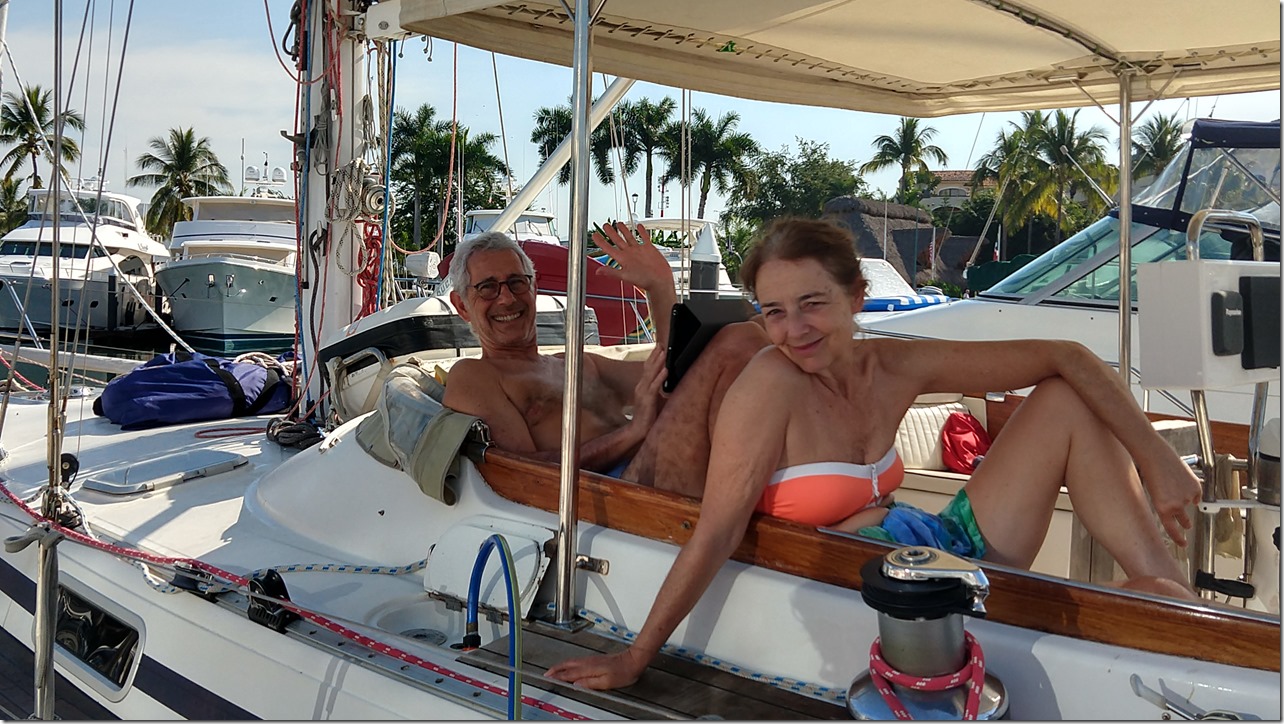
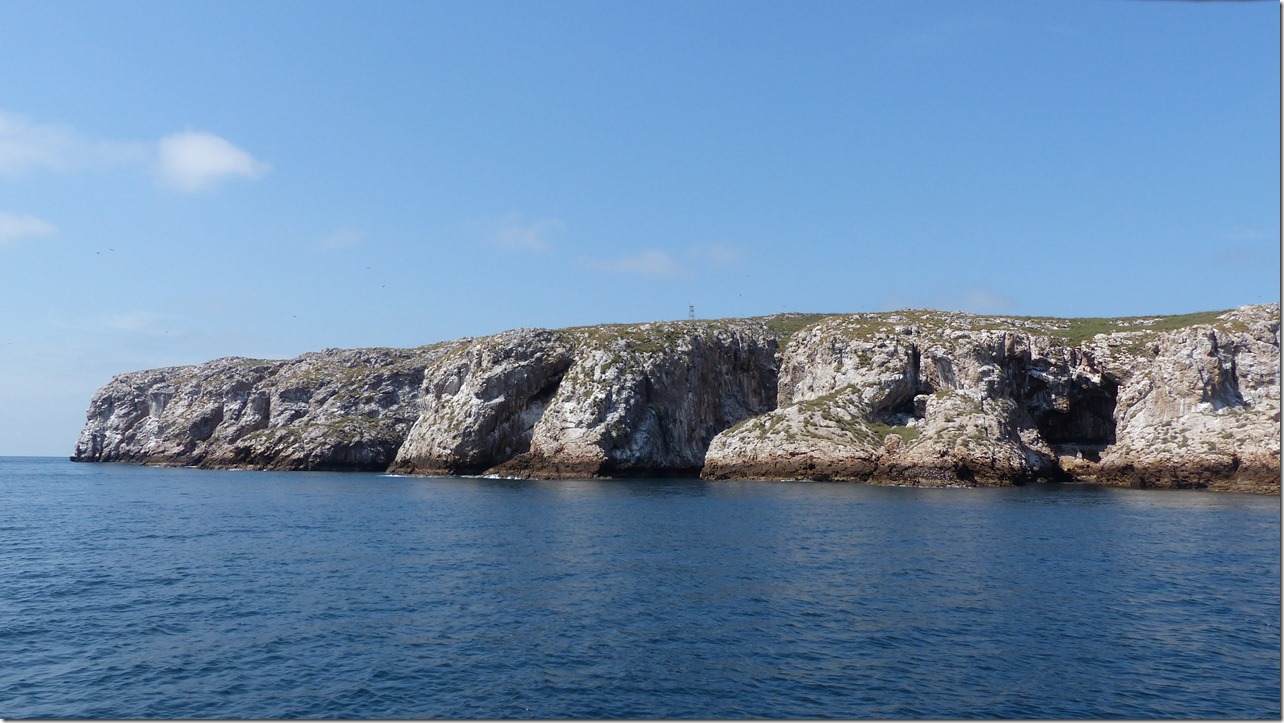

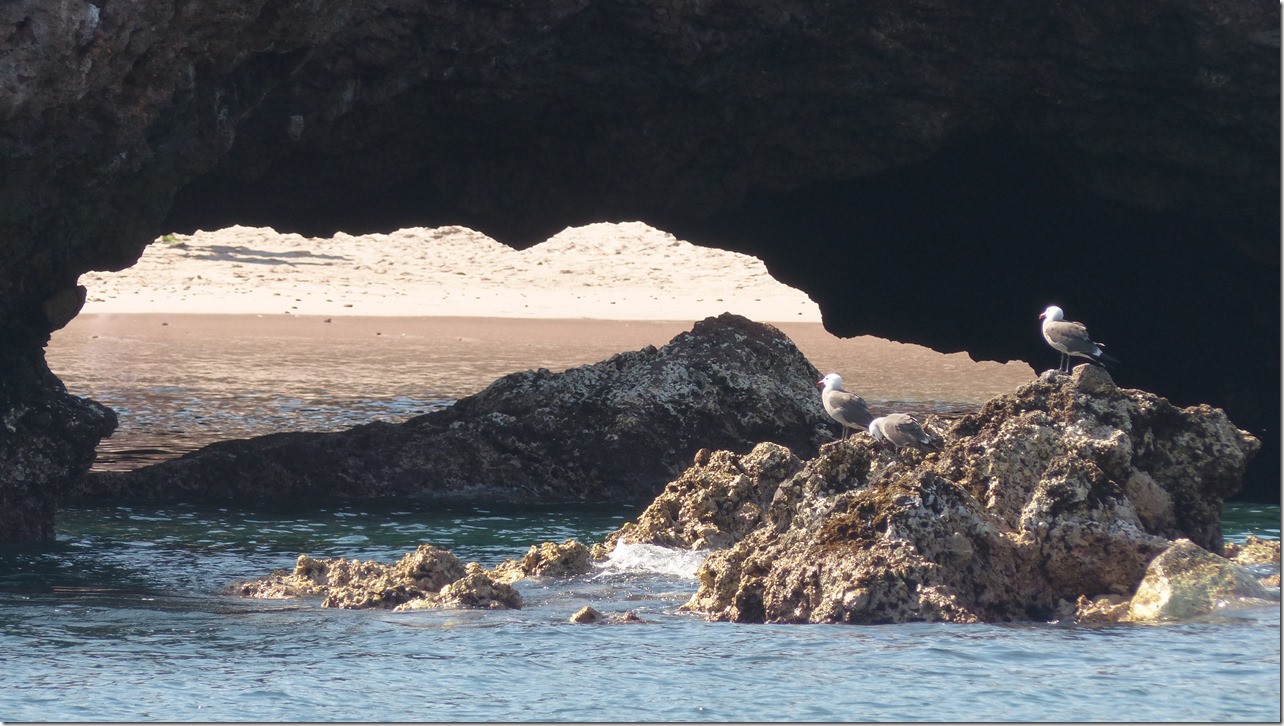
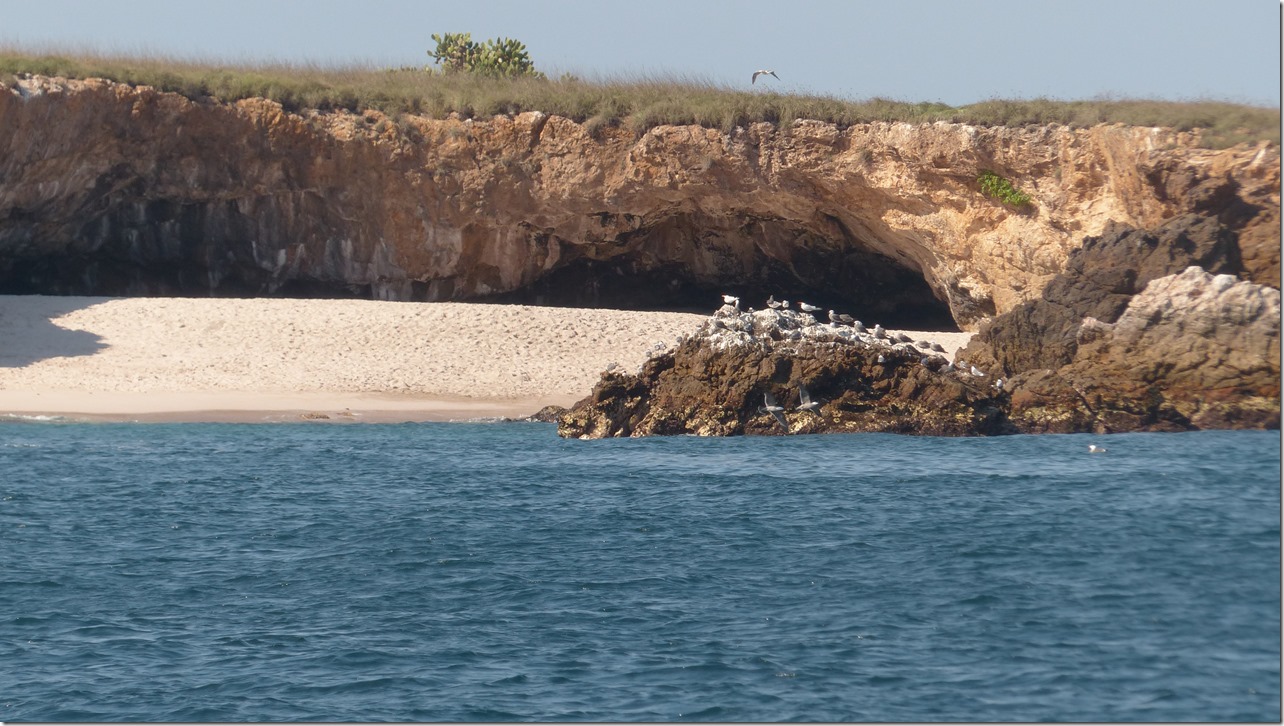
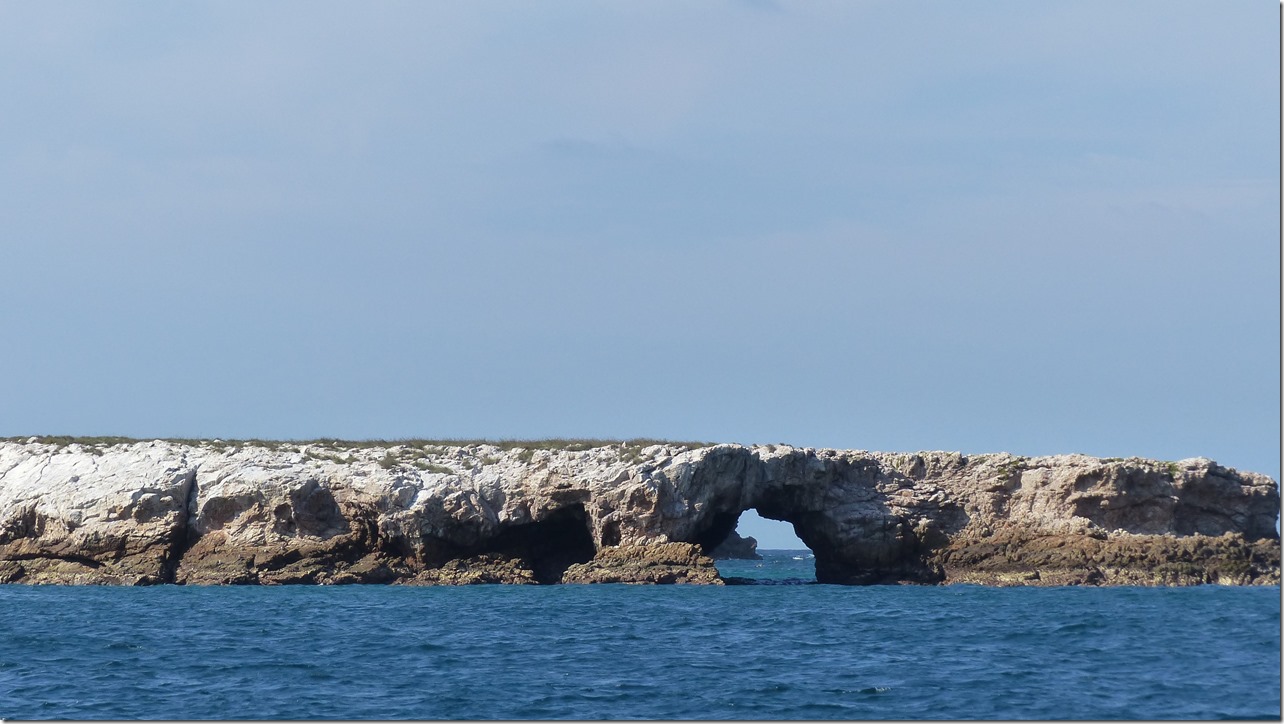
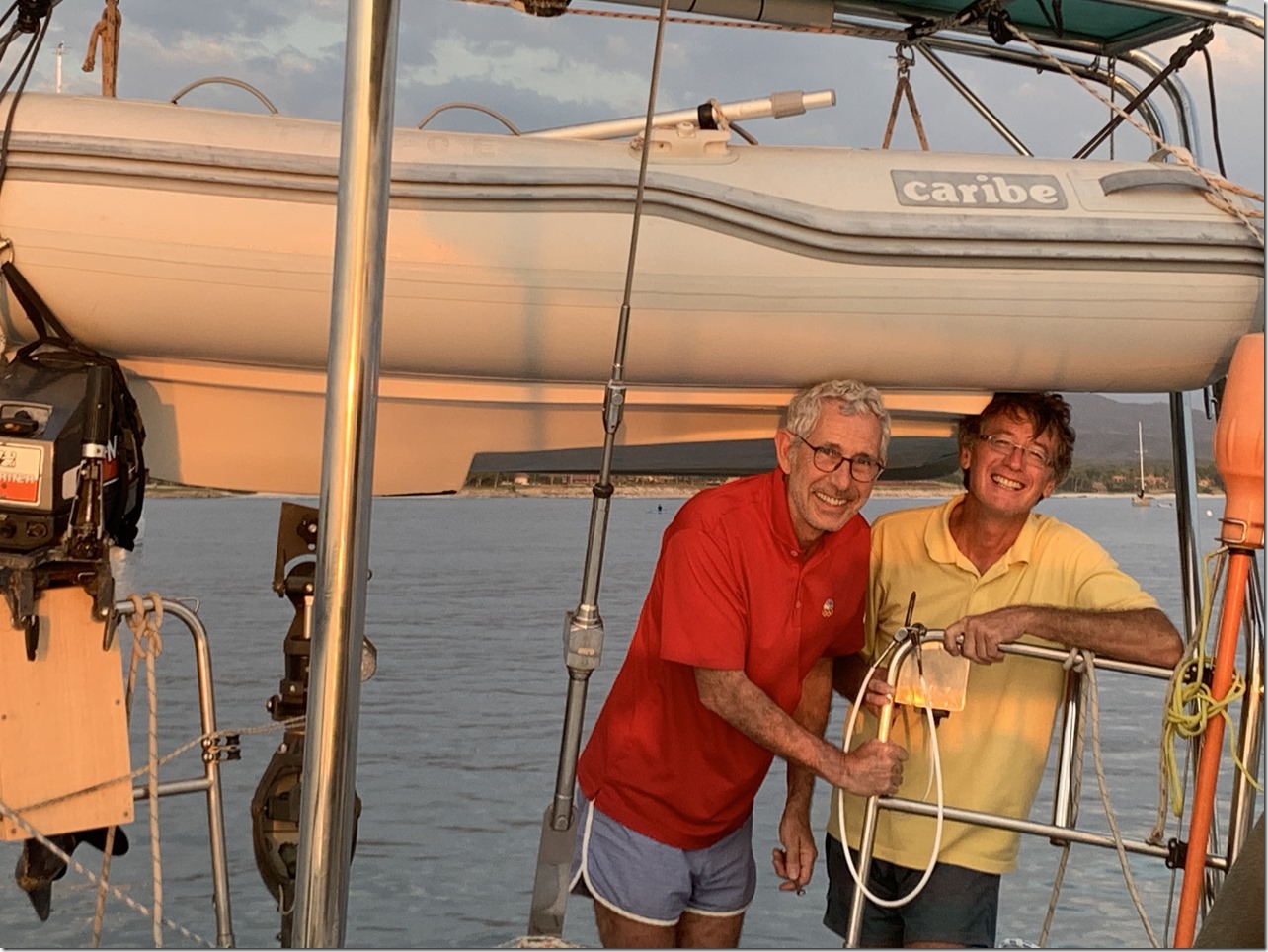
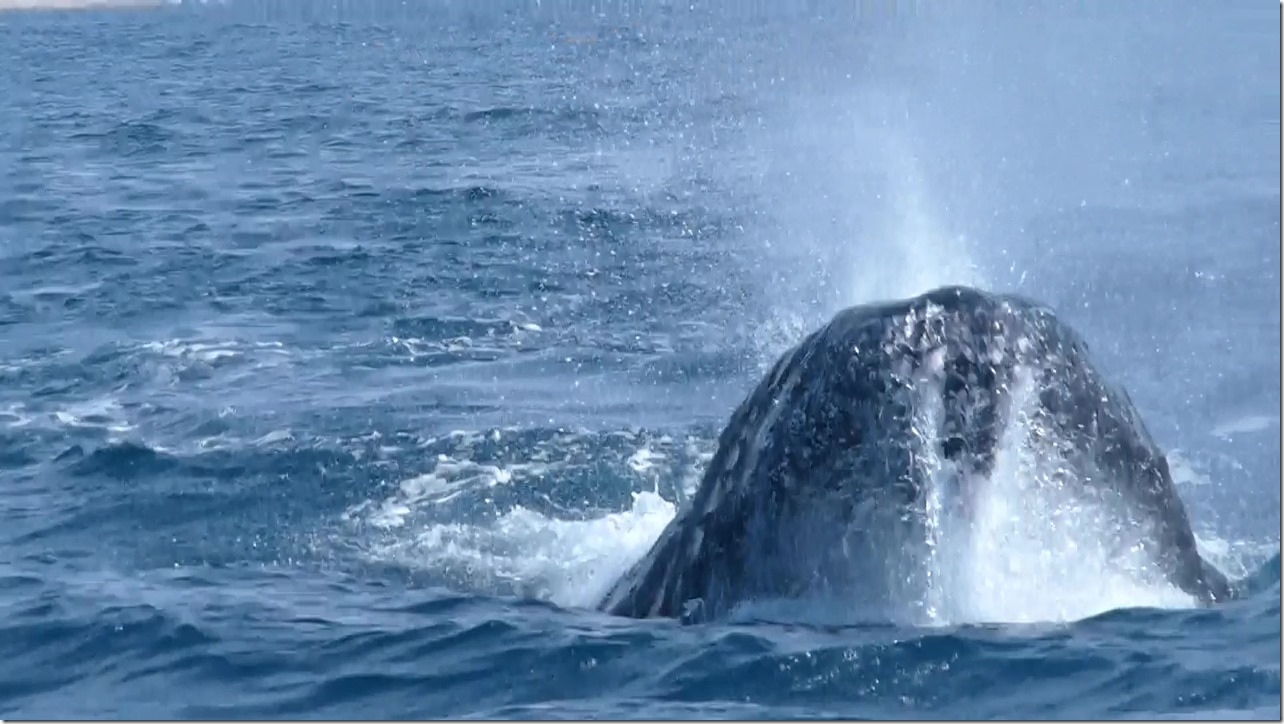
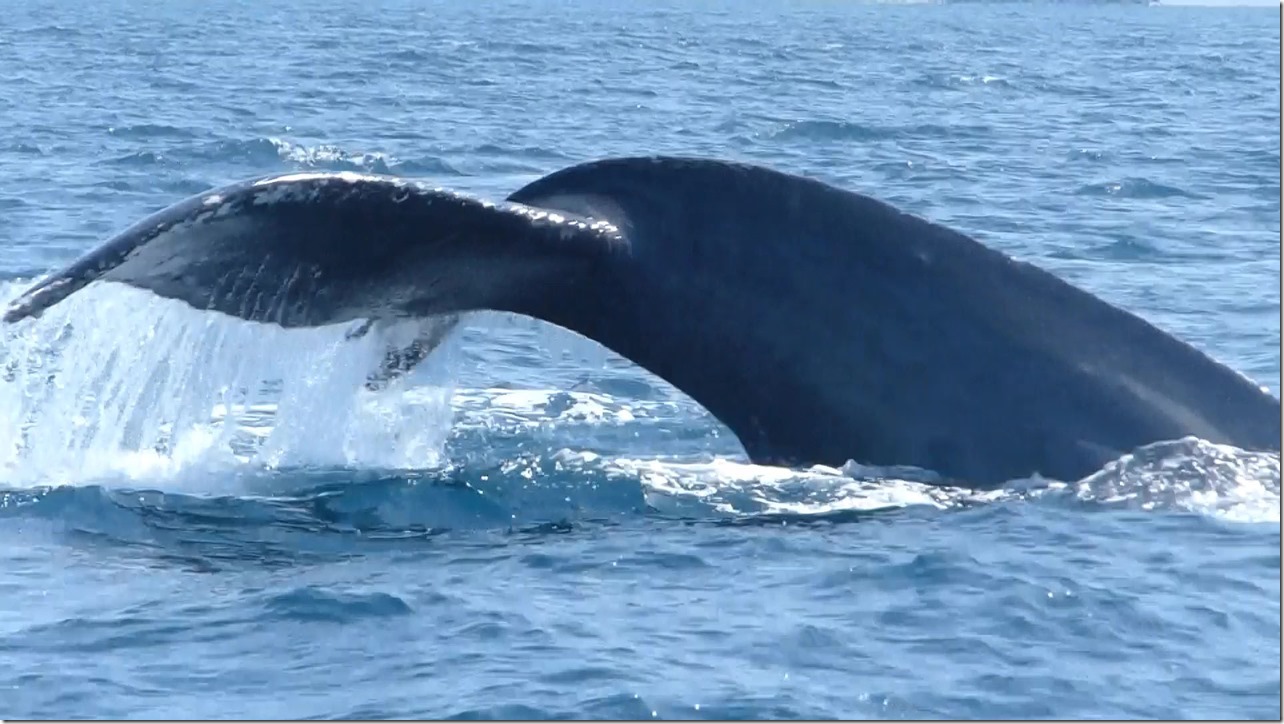
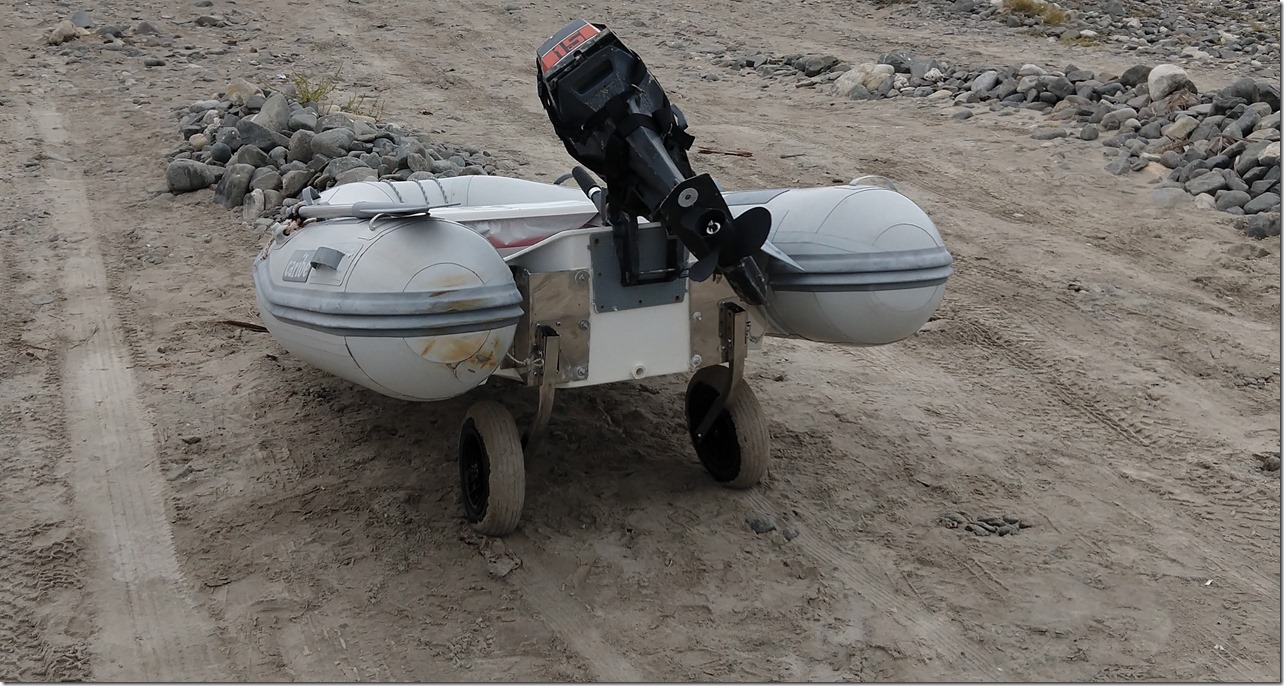
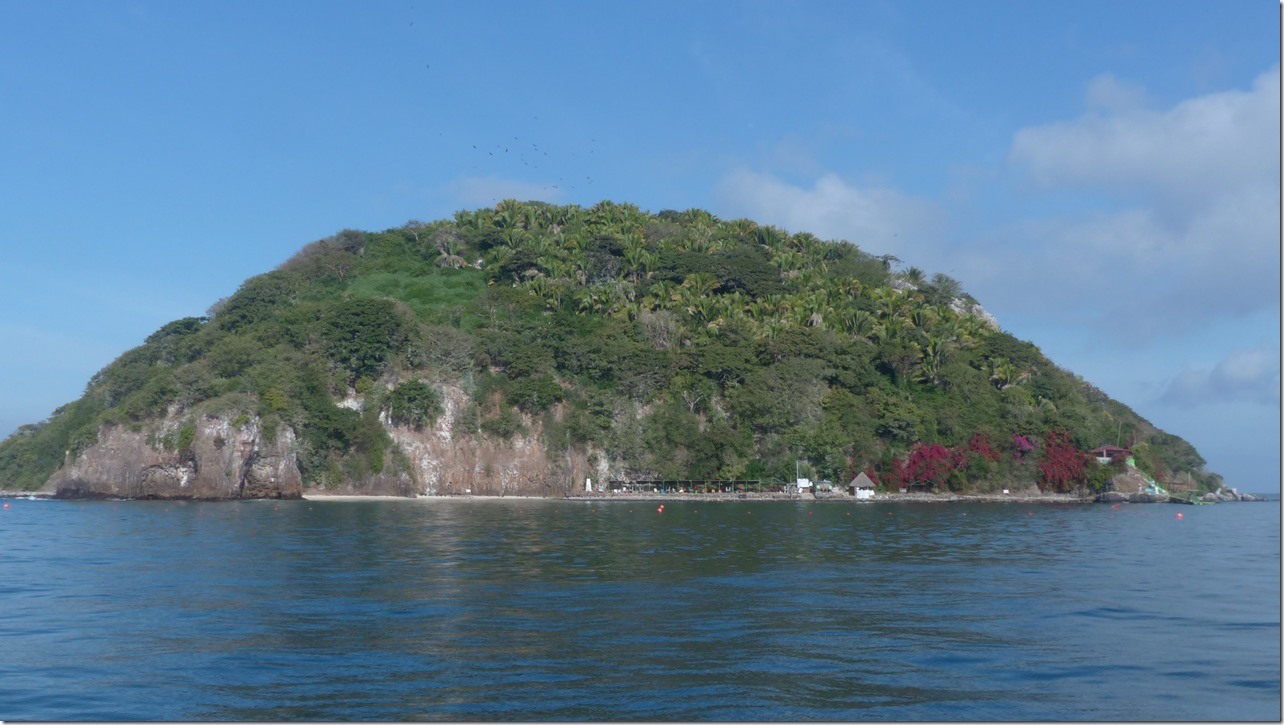
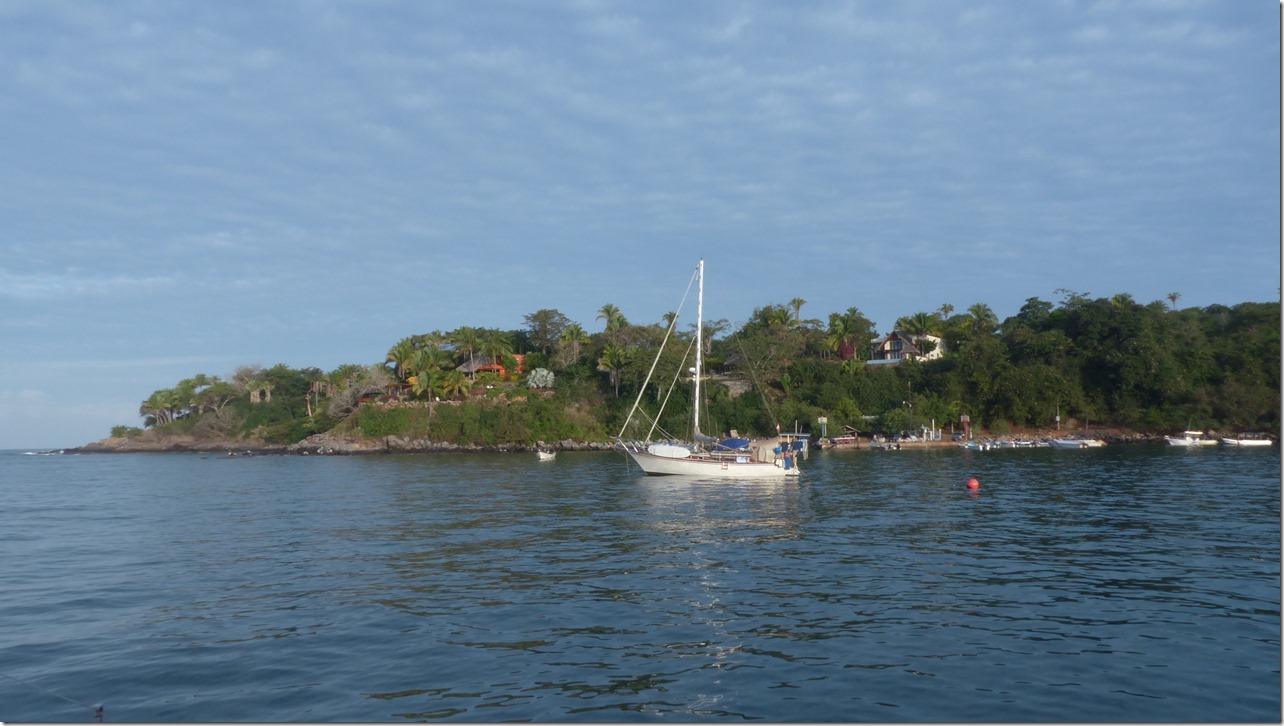
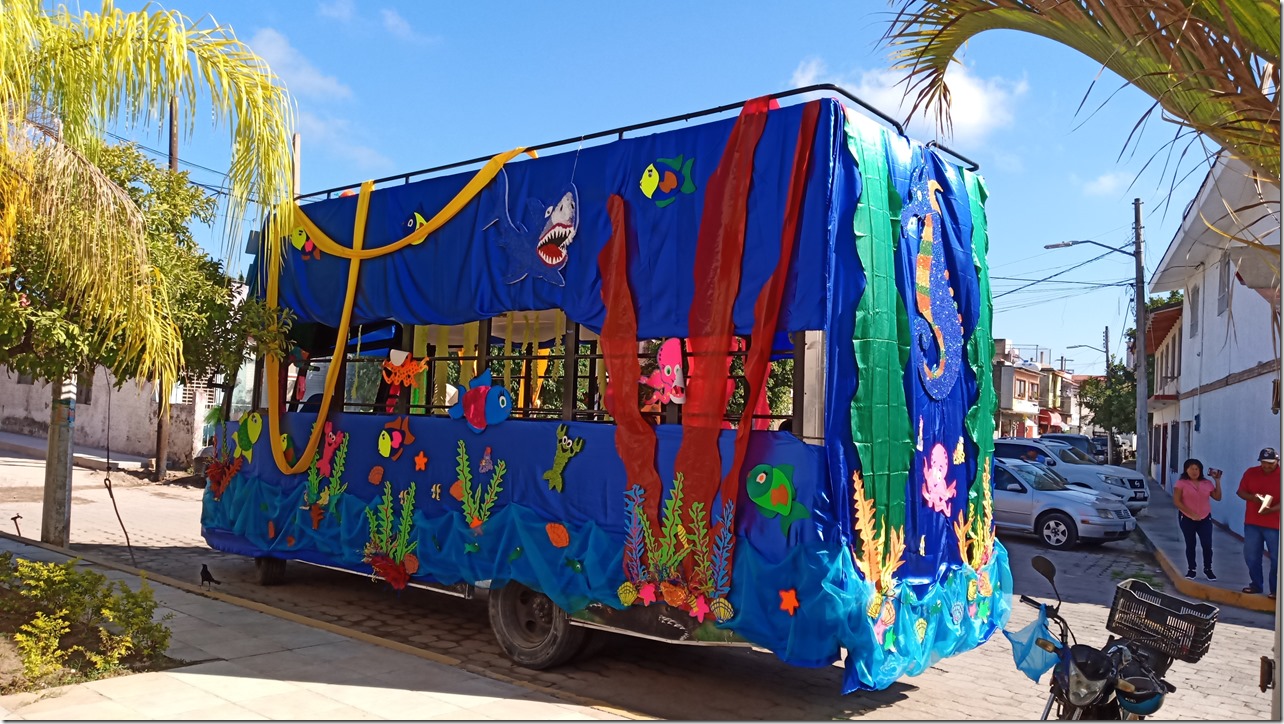
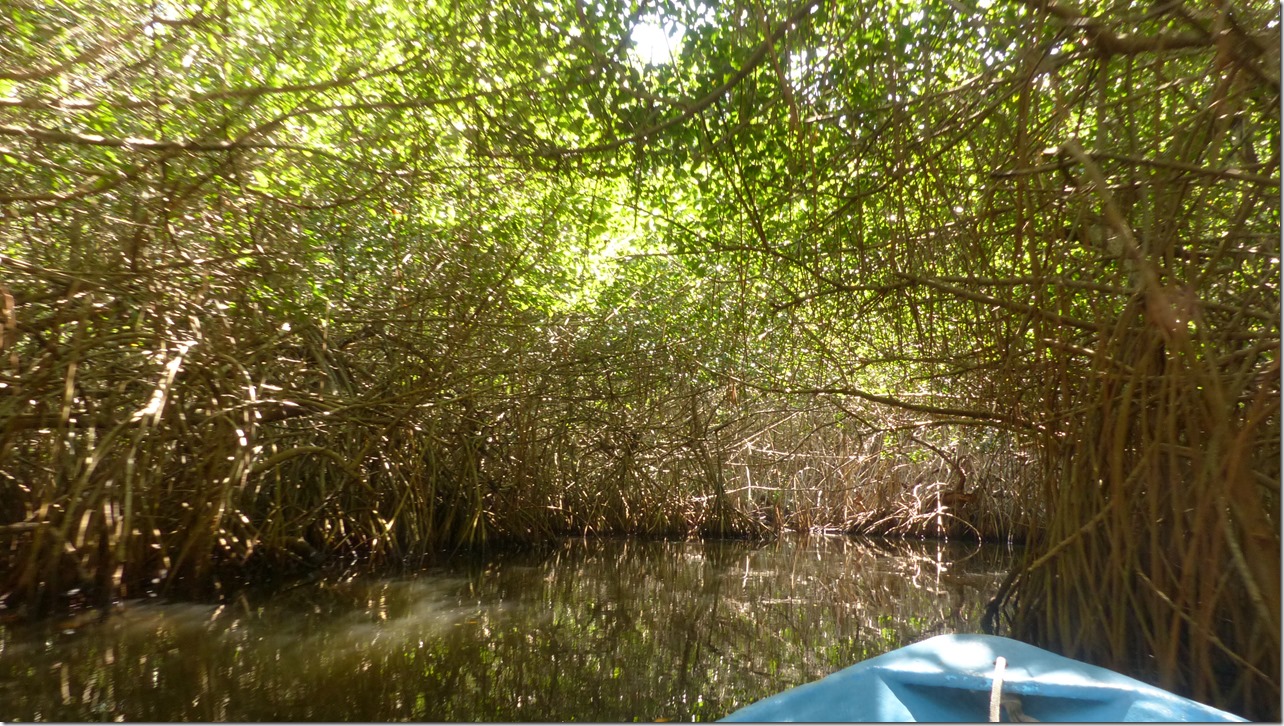
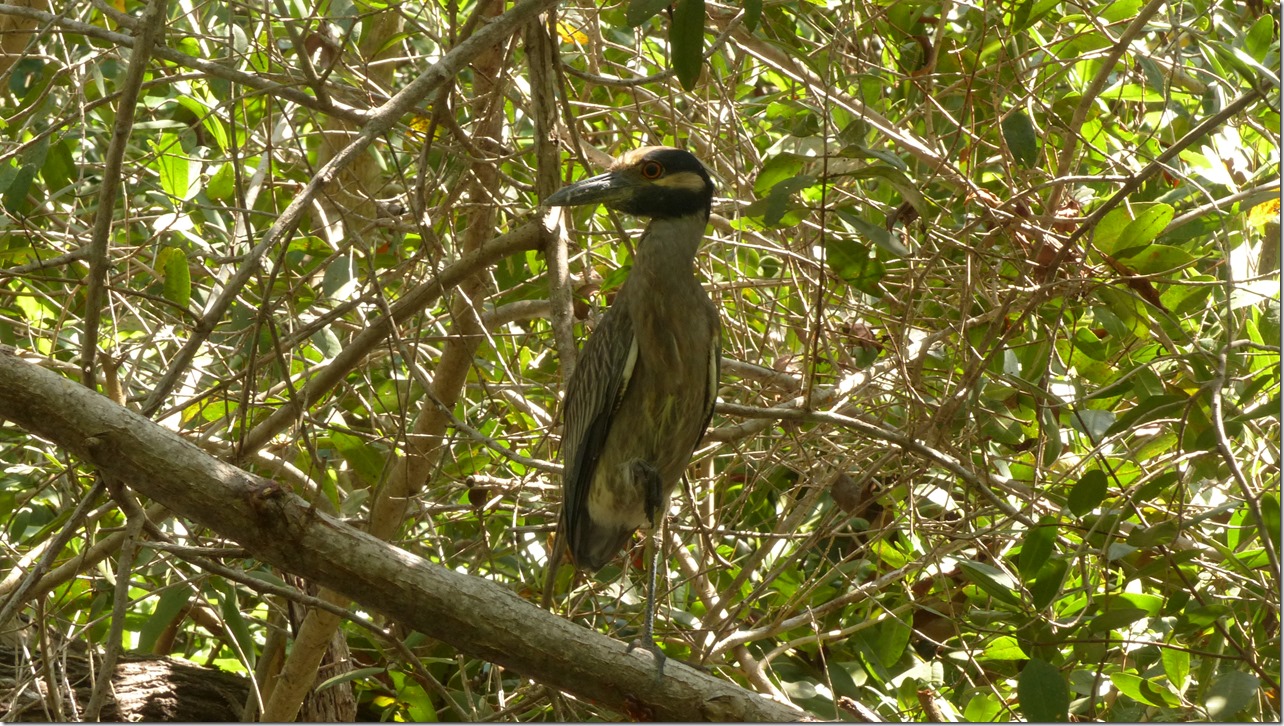
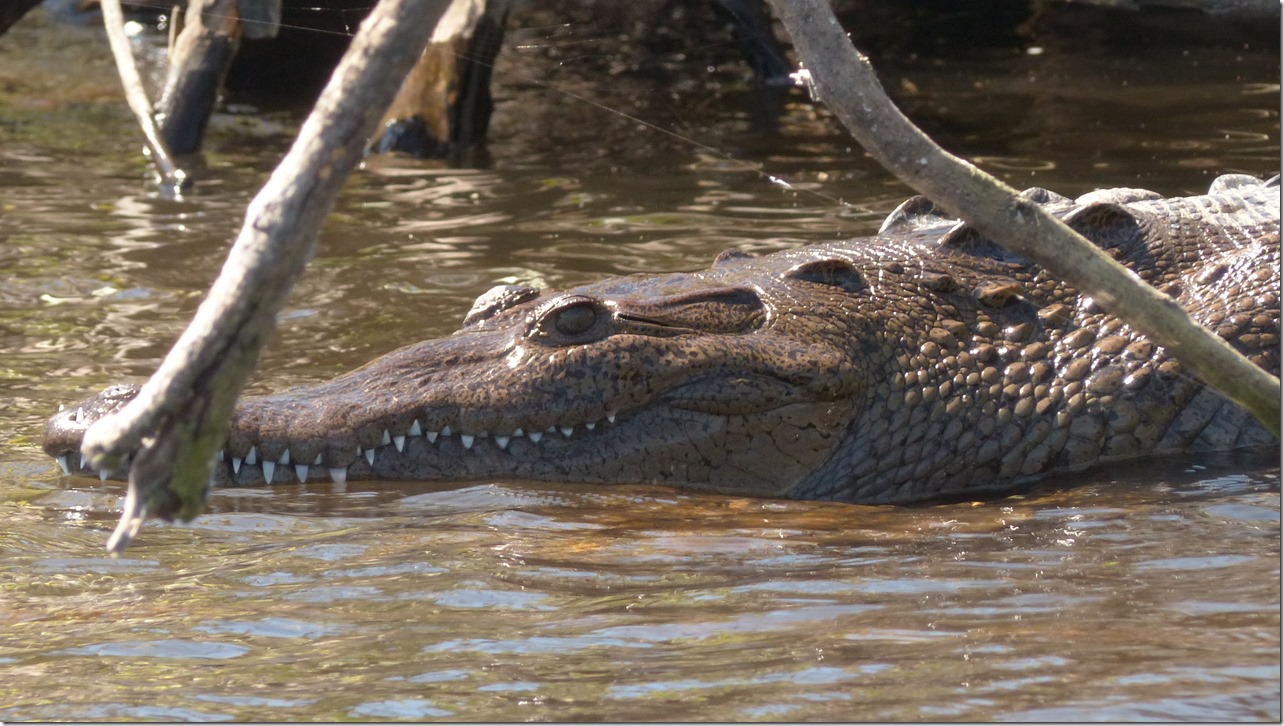
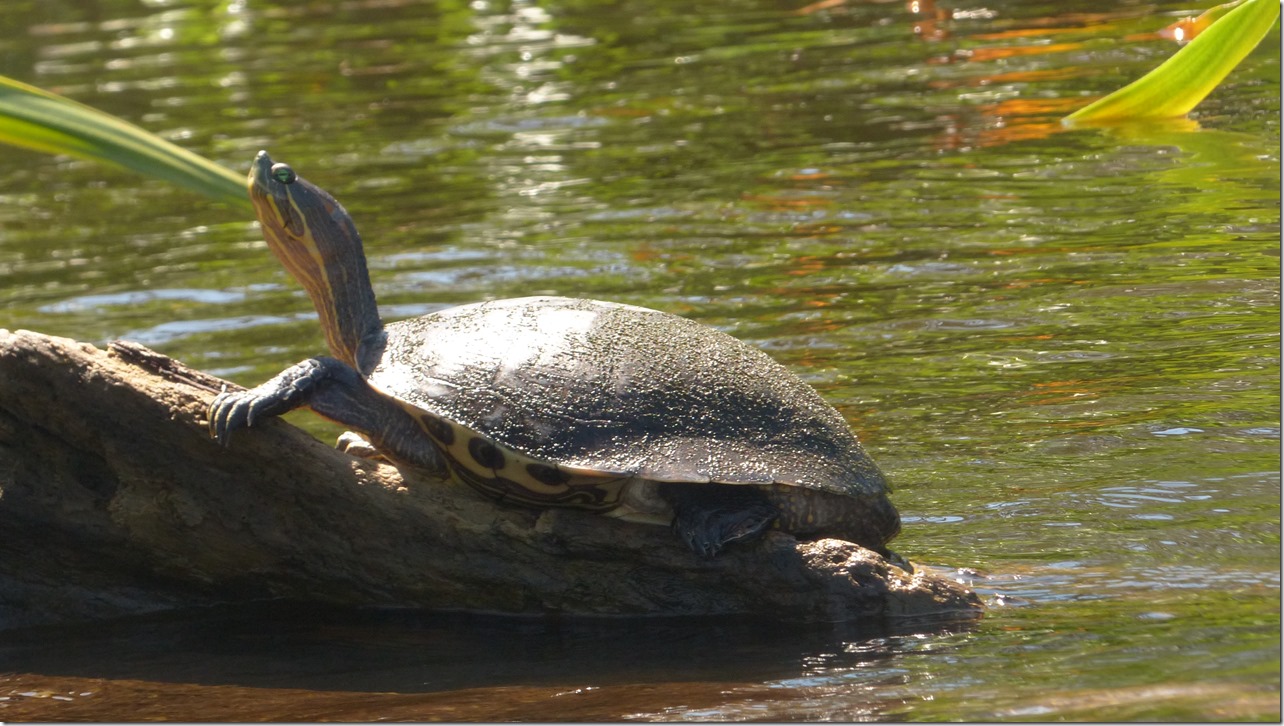
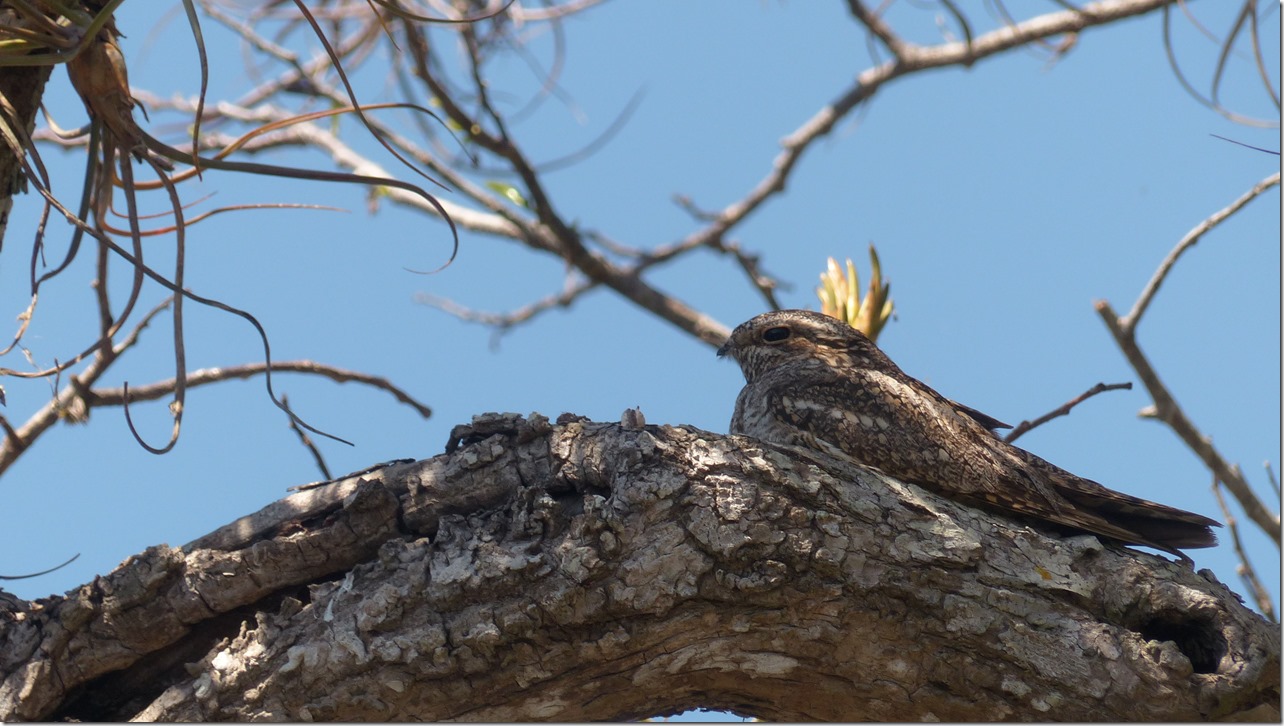
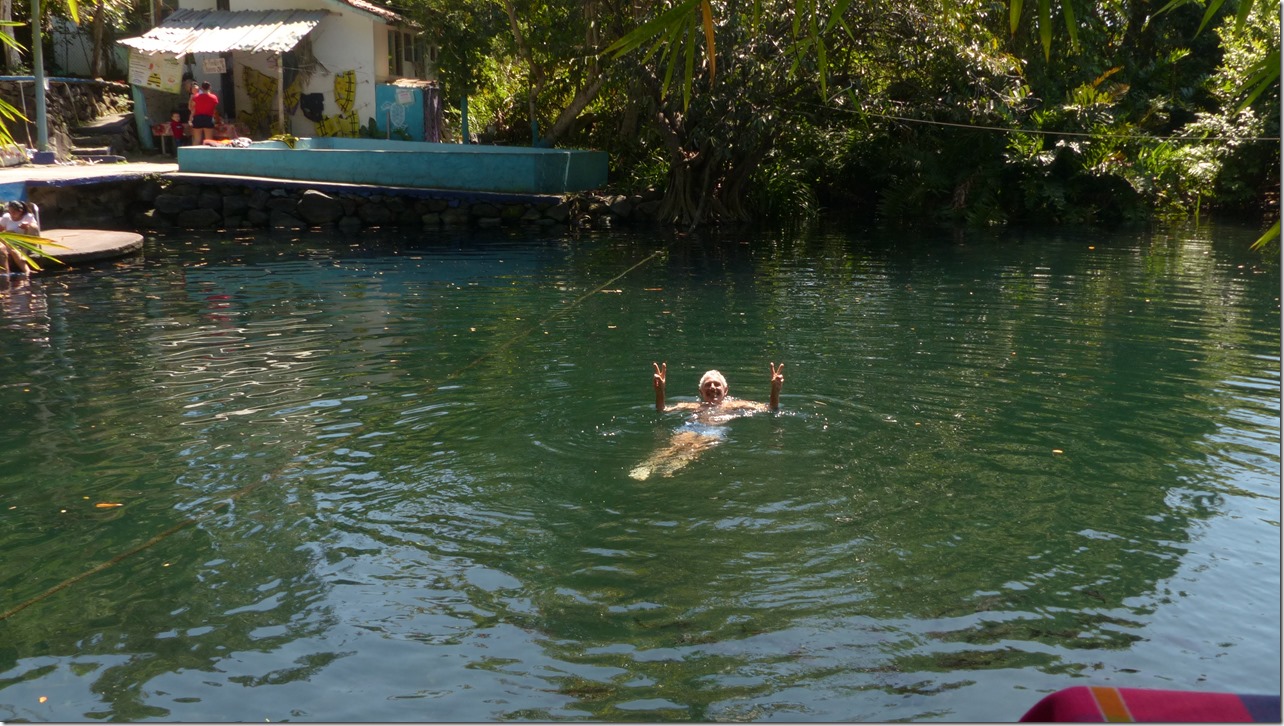
Wonderful pictures and so nice to hear from you!
Stay safe and hopefully keep off the craziness the world is facing right now!
-L.